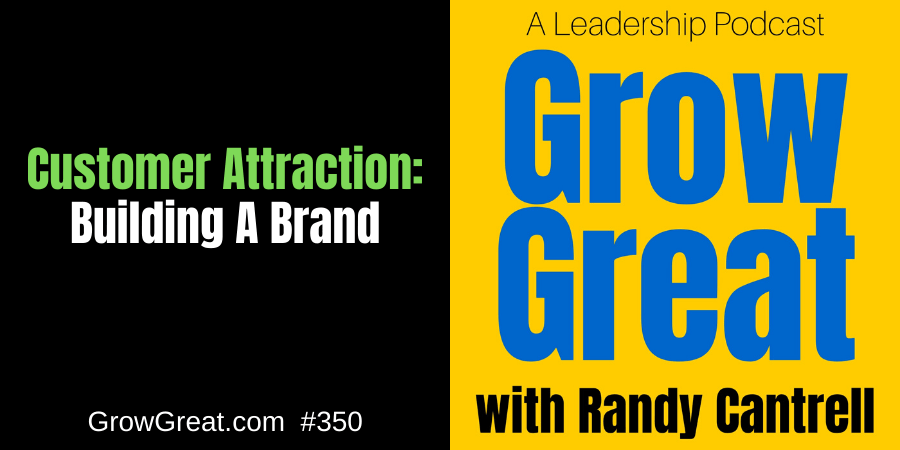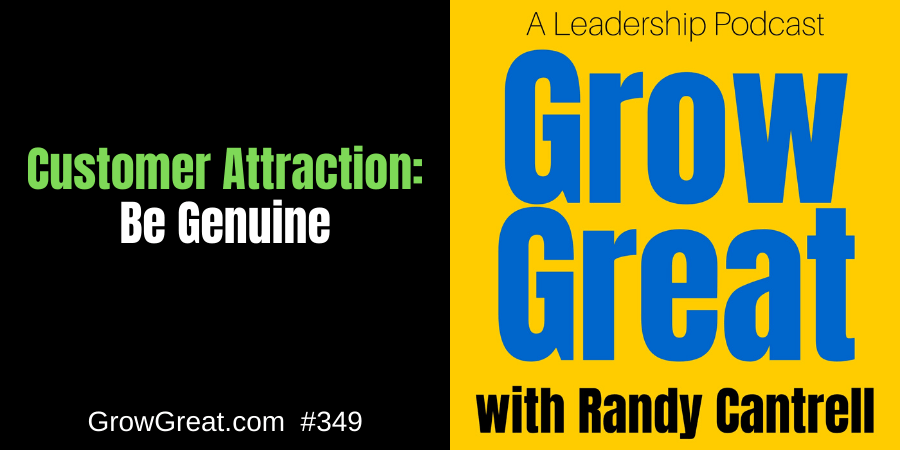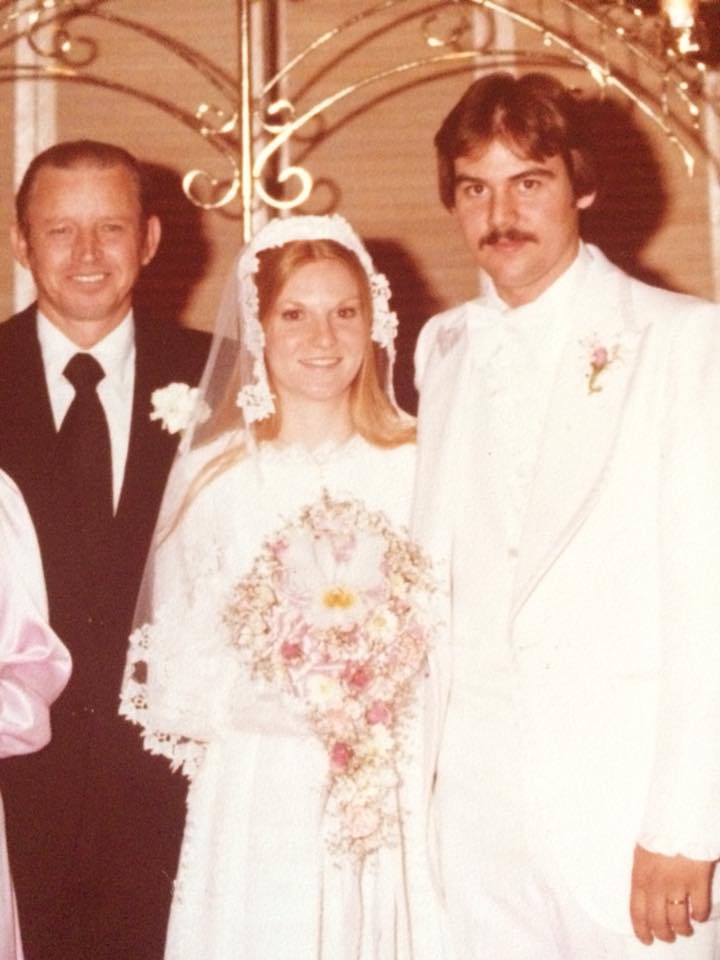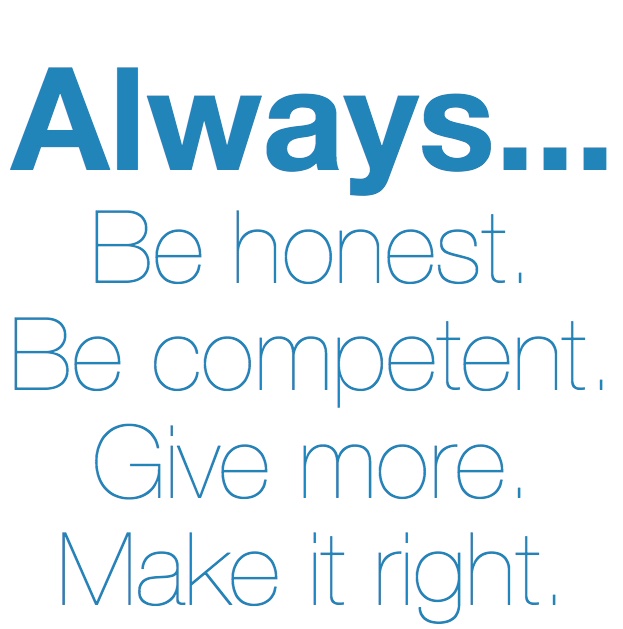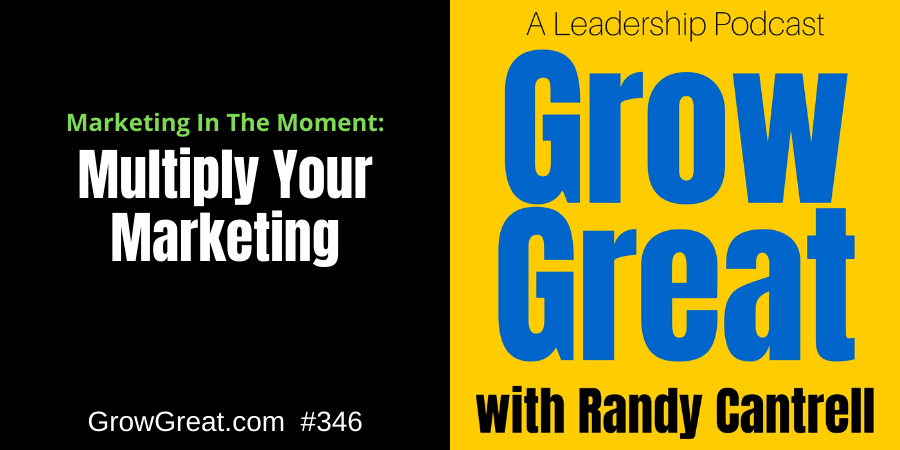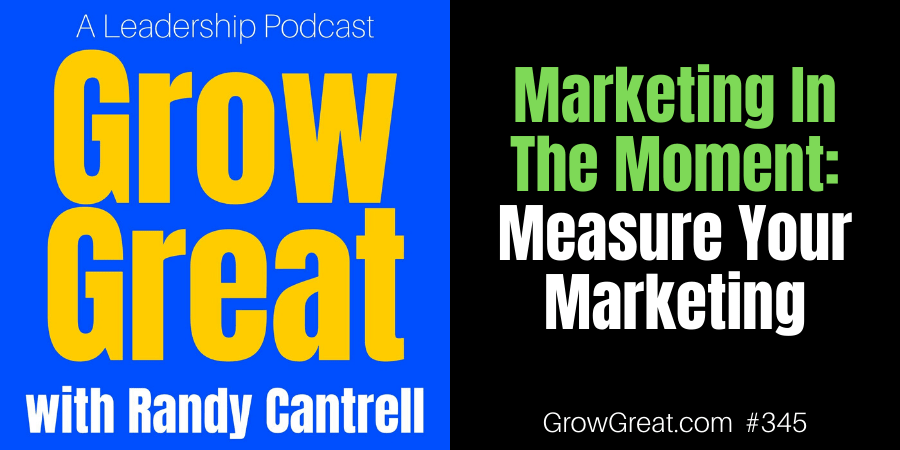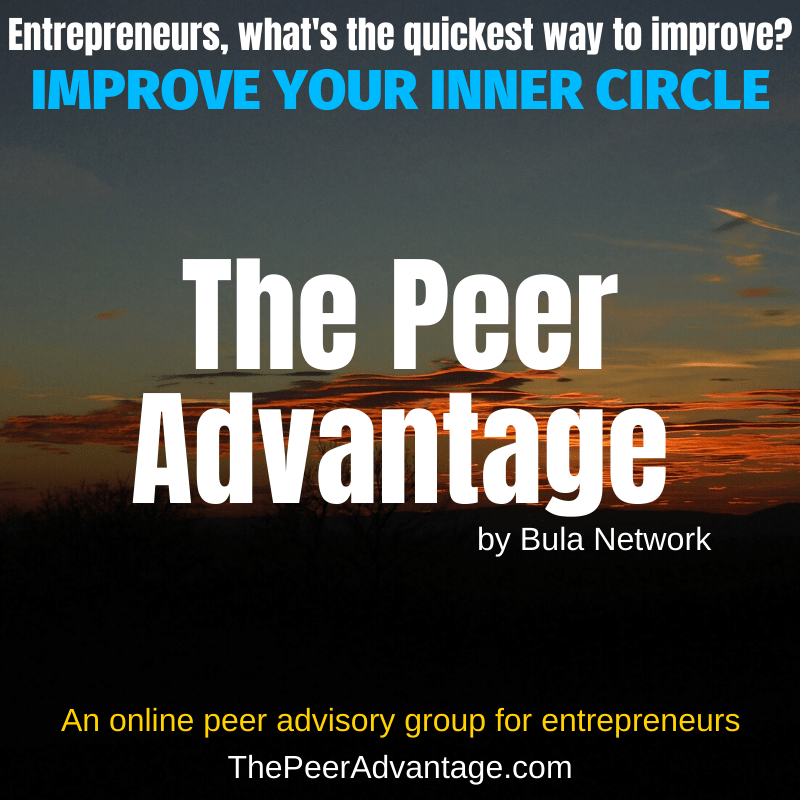Customer Attraction: Building A Brand (350)
Podcast: Play in new window | Download (Duration: 10:06 — 9.7MB)
Subscribe: Apple Podcasts | Spotify | RSS | More
What do your sales conversations sound like? What do they look and feel like?
You may think that brand building isn’t even a third cousin to sales conversations. Positioning your brand has much to do with the sales conversation.
“Everybody knows our brand. We’ve spent millions through the years getting our name out there.”
There are at least three levels of a brand we all must consider. First, there’s our name. Literally, our “brand” as used by cattle ranchers who put their insignia on their livestock to differentiate them from the neighboring rancher’s herd.
Then there’s the aspect of our brand in what we promise the customer. It establishes the expectation of the customer. It’s why folks like Starbucks, Chick-fil-A and In-N-Out Burger. Visit any of them and you know exactly what to expect and what you’ll get.
The third aspect of our brand is the linchpin to it all. It’s that one thing that our company owns. It’s that one idea that gives us the edge in the market over everybody else.
That last one is the critical one. And it’s not one that’s necessarily going to be identical to everybody. Ask my wife what soft drink brand comes to her mind and she’ll say, “Coke.” I’ll say, “Dr. Pepper.” They’ve both got the first two down cold yet ask multiple people and you’ll get a different answer because taste and preference (and a host of other things) can enter the equation.
You’ve heard that people buy what the product or service will do for them rather than the product or service itself. An old hat illustration that’s as powerful as any is the purchase of a 1-inch drill bit. We buy that if what we really need or want is a 1-inch hole. That’s indicative of this third aspect of building a brand. We have to paint a picture for the prospect of the outcome they want. That image is what will be planted in their minds if we brand ourselves effectively.
When working with leaders about communication I find myself often engaged in conversations about disengaged or uninspired employees. Eventually, the conversation rolls around to culture and things like the stories people tell themselves. Especially the stories of how they fit and how their work makes a meaningful difference.
If leaders don’t give people a great story – not fiction, but the truth (and the best version of the truth) – then they’ll create their own. And in the context of employees, it won’t be good. Human nature being what it is, we tend to think the worst and see ourselves at risk. Or underappreciated. Because leaders haven’t conveyed to us the importance of our contribution or a sufficient degree of appreciation when we perform well.
Prospects do the same thing. We all write our own story unless somebody tells us a better story. We simply must do a better job of telling our story so the prospect can vividly see the ideal outcome they seek — and they see it happening with our help. Our product. Our service.
Years of operating retail companies taught me how crucial it was to unify the messaging, the branding. Imagine having six sales reps. Each approaching the prospect in their own different way, using different wording, telling different stories. Disjointed. Incongruent. A branding trainwreck.
The prospects for that company may know the name of the company. What else do they know? Probably not much, if anything. If the three aspects of successful brand building form a pyramid, then this company has the first level only. The next two, which form the pinnacle, are missing because there are too many different messages. No engaging vision on the part of the prospects where they can see themselves achieving what they most want with anything those sales rep have to offer.
The challenge is to quickly and engagingly paint that picture for the prospect. What is the single idea that turns the tide in the sales conversation? That one thing that causes prospects to become customers? Too frequently companies can’t answer it. Or they provide different answers, thinking more is better. It’s not. It’s branding death.
In short, it’s what you’re most known for. Hint: You can’t be known for everything. Nor can you be known for a wide variety of things. Wal-Mart carries thousands of SKU’s, but they’re known as having low prices, every day. What are YOU known for?
Think about the moment when your sales conversations turn in your favor. That’s your moment of truth (well, okay, it’s one of them). It’s your branding moment of truth.
I’m a real-life example. Currently, I’m in the throes of working to be known for just one thing: online/virtual peer advisory groups for entrepreneurs. Branding doesn’t end with just making up your mind and deciding though. You have to execute. That’s where that consistency enters. It’s why the people who answer the phone must do it in a way that’s uniform and consistent with THE message you want to be conveyed. It’s why those 6 sales reps can’t be left to behave like six different messengers. Everybody must be on the same page saying the same thing.
Fail to do that and you’ll fail to build a brand. You’ll just be throwing money at marketing or advertising and it won’t provide any return.
Be well. Do good. Grow great.
Randy
Customer Attraction: Building A Brand (350) Read More »
